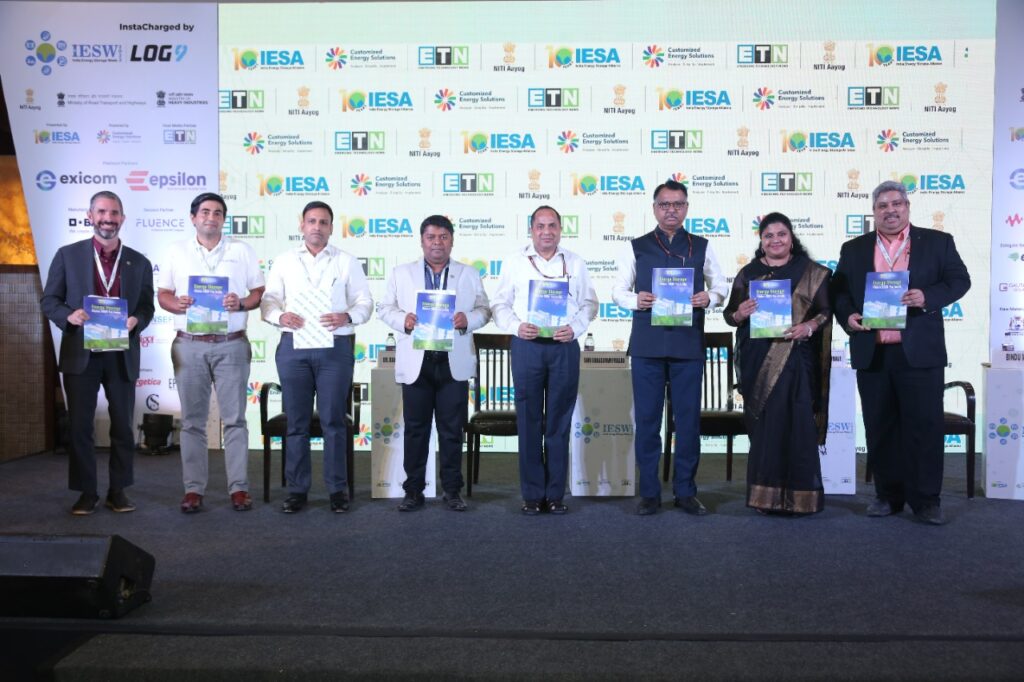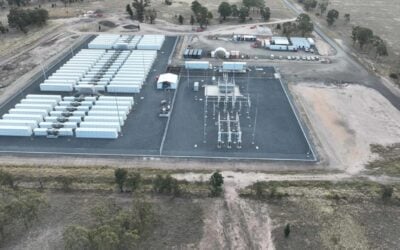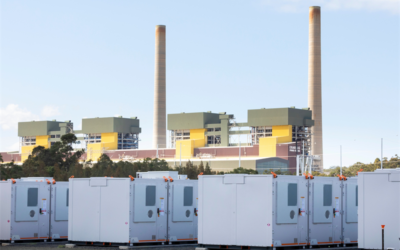
To integrate a targeted 500GW of non-fossil fuel energy onto its networks by 2030, at least 160GWh of energy storage will be needed in India by that time, according to the India Energy Storage Alliance (IESA).
This energy storage capacity would include front-of-the-meter grid-scale storage, storage for integrating renewable energy directly, storage for distribution and transmission networks and for ancillary services provision to balance the grid, according to a new report from the Alliance.
IESA was founded by energy consultancy Customized Energy Solutions 10 years ago to promote the advancement of energy storage, green hydrogen and e-mobility technologies in India and now has hundreds of member organisations.
The group has just published the VISION 2030 report, based on analysis of India’s energy sector. As the name implies, VISION 2030 outlines the requirement for energy storage in the country as well as recommended actions for both policymakers and private companies to achieve its goals.
Try Premium for just $1
- Full premium access for the first month at only $1
- Converts to an annual rate after 30 days unless cancelled
- Cancel anytime during the trial period
Premium Benefits
- Expert industry analysis and interviews
- Digital access to PV Tech Power journal
- Exclusive event discounts
Or get the full Premium subscription right away
Or continue reading this article for free
Indian Ministry of Power joint secretary Ghanshyam Prasad contributed a foreword to the report, pointing out the vital role energy storage will play in ensuring safe and reliable grid operation as shares of renewable energy increase.
“It is imperative for India to assess its storage capacity requirement in the coming years and formulate a plan for its implementation, keeping in view the energy transition in the Indian grid,” Prasad wrote.
Non-fossil fuel generation in the country has already reached 156.83GW, or 40.1% of the total generation mix, while peak demand for energy as of July 2021 exceeded 200GW.
The authors noted the many efforts to promote energy storage that have already been made, which began in around 2013 but have gathered pace rapidly since 2018. The most recent developments include Ministry of Power procurement and utilisation guidelines, and a pilot tender for 500MW/1,000MWh of standalone storage from the Solar Energy Corporation of India (SECI).
From peaker plant replacements to frameworks for renewables-plus-storage tenders
International energy market dynamics, such as the volatility of pricing for gas and questions around availability of coal further highlight the importance of acting promptly however, the report said.
As grid reliability becomes an issue at renewable penetration exceeds 50% – the threshold India is set to reach by 2030 – the country has what VISION 2030 described as a “unique opportunity” to establish itself as both a major market for energy storage deployment and as a manufacturing centre for related technologies.
From recent government measures to support 50GWh of new advanced chemistry cell (ACC) battery annual production capacity in the country, roughly 10,000 employment opportunities would be created for every gigawatt-hour of that production capacity, IESA estimated.
From analysis of the energy sector the IESA team arrived at the 160GWh figure and offered its recommendations on how to get there:
- Peaker plants, which run on fossil fuels and are only called into action at times of peak demand, should be replaced by 2030-2035 with clean energy assets, which might include combinations of renewable energy with storage.
- A comprehensive energy storage policy that includes phased targets for deployment and long-term planning strategies should be introduced.
- Energy storage targets should not be limited to renewable energy integration applications alone and should be applied across the entire value chain from ancillary services and peak power to deferral of investment in transmission and distribution (T&D) upgrades.
- A unified procurement framework for energy storage should be created.
- A fund should be set up to support the deployment of large-scale storage in the near term, from which learnings can be made to enable successful future developments.
- Planning for India’s optimal generation mix should incorporate energy storage.
- Studies should be carried out to determine India’s energy storage targets.
- A three to five-year “pipeline” for tendering of renewables-plus-storage resources should be created to offer confidence to the industry to invest in manufacturing and capacity building.
According to IESA, only about 28MW/20MWh of front-of-the-meter (FTM) grid-scale storage was deployed in India across seven projects as of March 2021. By the end of last year, projects that had reached financial close and were in the construction phase reached 360MW/312MWh.
However, despite that growth many projects still face delays in implementation, due to factors like lack of financial support and the challenging nature of signing power purchase agreements (PPAs) with states.
Indeed, many Indian states appear reluctant to embrace energy storage despite their growing renewable energy capacity, and mandated targets for deployment would give drive and certainty to project development as well as to investments in manufacturing and other aspects of the energy storage industry ecosystem, IESA said.
A small handful of national and state governments around the world already have energy storage deployment targets such as Greece and Spain in Europe and 10 US states. A similar recent report from the European Association for Storage of Energy (EASE) found that Europe could need 600GW of storage by 2050.
In Australia, experts at the Victorian Energy Policy Centre (VEPC) have proposed that a A$20 billion fund to invest in renewable energy integration pledged by the country’s new government should use it to back an energy storage target policy.
The full report can be downloaded from the IESA site, here.





